
Whether mom is going back to work, needs a night out, or simply needs a little extra sleep, having pumped breast milk allows a nursing mom greater freedom knowing that her baby can always receive liquid gold breast milk. Since it takes time and energy to pump and then clean all the parts, you want to make sure that your hard-earned breast milk is stored properly so you always have a reliable supply to feed your baby. Here are breast milk some freezer storage tips to make sure you always have breast milk on hand when you need it throughout your breastfeeding journey.
Creating Your Breast Milk Freezer Stash

Having a stash of breast milk in your freezer gives mom confidence that her baby will still be able to receive breast milk when she isn’t around. Contrary to what many think, you only need to have a few days worth of milk frozen instead of an entire freezer since you will continue pumping and replenishing the stash while you are away from your baby. Freezing in small ½-ounce to 2-ounce portions is ideal because then you are only defrosting what you will use. Here are 2 methods to help you create your freezer stash:
The Pitcher Method

The pitcher method involves collecting all your freshly pumped breast milk in one large jar or storage vessel throughout a single day. At the end of the day, you pour the pumped milk from the jar into individual bottles for the next day, and if you have any milk leftover, you can freeze it to increase your freezer stash. This method is particularly useful to make sure that any extra expressed milk from the day is immediately frozen. It also can reduce the overall amount of bottles you need since you only need a day’s worth instead of two.
Power Pumping
Power pumping is a method of pumping that mimics cluster feeding, i.e. shorter and more frequent nursing sessions. This method in turn, signals to a mom’s body that she needs to make more milk, and therefore, increases her milk supply. This is a useful technique if you are trying to increase your freezer stash knowing you will be out of town for a few days, or if you simply want to make sure there is enough milk in the freezer for a few days. To power pump, pump for approximately 20 minutes, then rest for 10 minutes, then pump again for 10 minutes, rest again for 10 minutes, and pump one last time for 10 minutes.
Freezing & Storing Breast Milk
Since breast milk is essentially raw milk, it’s important to follow the CDC’s recommendations for breast milk storage to be sure your milk stays as safe as possible. In addition to cleaning all surfaces, bottles, and pump parts between each pumping session, these are the storage guidelines provided by the CDC to help you store breast milk safely.

Freshly Pumped Breast Milk
Freshly expressed or pumped milk can be left on the countertop at room temperature for up to 4 hours. Refrigerated milk can be stored in a sterile jar or bottles for up to 4 days. Frozen milk is ideally stored for up to 6 months however, up to 12 months is acceptable.
Previously Frozen & Thawed Milk

Milk can be thawed overnight in the refrigerator or on the countertop in a warming machine or using the bowl of water (place bottle in a bowl of warm water). Once thawed, the milk can remain at room temperature for up to 2 hours and up to 24 hours in the fridge. However, any previously frozen and fully thawed breast milk cannot be frozen again to use for feeding.
Leftover Milk After a Feeding
Any milk leftover in a bottle after a feeding is safe for 2 hours at room temperature.
Freeze Extra Breast Milk in Perfect Portions
Freezing breast milk in portions allows for you to only defrost the amount you need. Since it’s recommended that previously frozen milk be used within 24 hours even when stored in the fridge, it’s smart to only defrost the amount you think you’ll need so you don’t waste any of your hard-earned liquid gold. Here are the two ways most moms freeze their breast milk.
Breast Milk Storage Bags
Breast milk storage bags were the first option available for moms wanting to freeze their breast milk. They’re inexpensive, portable, leakproof, freeze flat, and easy to label. They’re also pre-sterilized so you can just open one and either pour the milk into them, or use an attachment to pump directly into them. However, there are some substantial cons to using breast milk storage bags to store frozen breast milk. They are one-time use, can be hard to fill, and spill easily. And while they can be frozen do freeze flat, they don’t stack well so you’ll need freezer storage bins to keep them organized. Plus, when you defrost the milk, you have to defrost an entire bag, which is generally 4 ounces.
Pros: easy to transport, inexpensive, pre-sterilized
Cons: one-time use, easy to spill, must thaw an entire bag
MyMilk Trays

MyMilk trays are portioned silicone freezer trays designed specifically for frozen breast milk. They are made from 100% pure platinum silicone, the highest grade of silicone used for food products, and are tolerant to cold and hot temperatures. The trays are also free from BPA, lead, PVC and phthalates. Unlike the storage bags, MyMilk allows for breast milk to be frozen in ½-ounce portions. You can either keep the milk frozen in the trays or transfer the milk to larger freezer bags, such as plastic zippered top bags or silicone freezer bags. This reduces the plastic waste of the one-time use bags. MyMilk also allows breast milk to be frozen in smaller portions that can be transferred directly to bottles. The shape of the frozen cube will fit in any baby bottle opening, both narrow- and wide-mouth bottles.
Pros: sustainable! Allows for smaller portions and to reuse the tray resulting in less waste.
Cons: cannot pump directly into the tray, tray is not easily transportable
Transfer Frozen Portions Into Zippered Freezer Bags

Because you can reuse the MyMilk tray, it’s a good idea to transfer frozen breast milk portions out of the MyMilk trays and into freezer bags. You’ll free up space in your freezer and empty the MyMilk trays so that you can create more frozen portions. You can use large silicone freezer bags, like Stasher bags, or large ziptop bags that are designed for the freezer. For long term storage (4-6+ months), we recommend transferring to a vacuum-sealed bag to keep the breast milk as fresh as possible.
Use Vacuum-Sealed Bags for Longer Term Storage

Breast milk can be frozen for up to 1 year. To make sure your breast milk stays as fresh as possible in the freezer, remove as much air from the freezer bag as possible with a vacuum sealer.
Organizing Your Frozen Breast Milk

Keeping your breast milk freezer stash organized is important for ensuring you’re using the oldest milk first. This method, known as First In First Out (FIFO), ensures that your breast milk is used within the safety window as prescribed by the CDC. This is also a good technique for organizing the other frozen foods in your freezer to maximize freezer space.
Label The Freezer Bag or Container
It’s essential to label the MyMilk tray, bag or freezer container with the contents, date, and the number of ounces using a water-based paint marker or masking tape and a permanent marker on a dry lid, permanent marker, or labeled tape. Be sure to label before anything goes into the freezer as it can be hard to label once something is frozen.
Use Storage Bins or Empty Soda Boxes

Using storage bins can help keep your freezer supply more organized. Plastic bins in various sizes are ideal because they’re easy to clean but you can also use an empty shoe or soda box as an alternative to purchasing storage bins.
Restock Your Freezer From the Back
When adding frozen breast milk, or other items, to your freezer, place the new stock in the back behind the older breast milk. This way you can make sure you use all of your breast milk and the older portions don’t go to waste. Also, be sure to store breast milk in the main part of the freezer instead of the freezer door as the door is subject to the most temperature variations and is the warmest portion of the freezer.
Expired Milk

Milk that's been left out too long or is past its recommended time is still useful. Many moms add their spoiled milk to baths as it may help with dry skin and eczema. Other uses for expired breast milk include making soap, lotion, or jewelry.
Upgrade Your Breast Milk Freezing Process with MyMilk

If you are trying to reduce your use of single-use plastics and create less waste, MyMilk trays are for you. They’re also essential to making sure you don’t waste any milk as you can defrost just ½-ounce at a time instead of an entire pouch. Even better, once you are done breastfeeding, you can use the same trays to freeze portions of homemade baby food purees, such as carrots, peas, sweet potatoes, or smoothies.
MyMilk trays are the most sustainable way to store breast milk and reduce your use of plastic bags. Check out the different colors and pick up some for yourself or a new mom here. There’s no better way to freeze breast milk than with MyMilk trays.
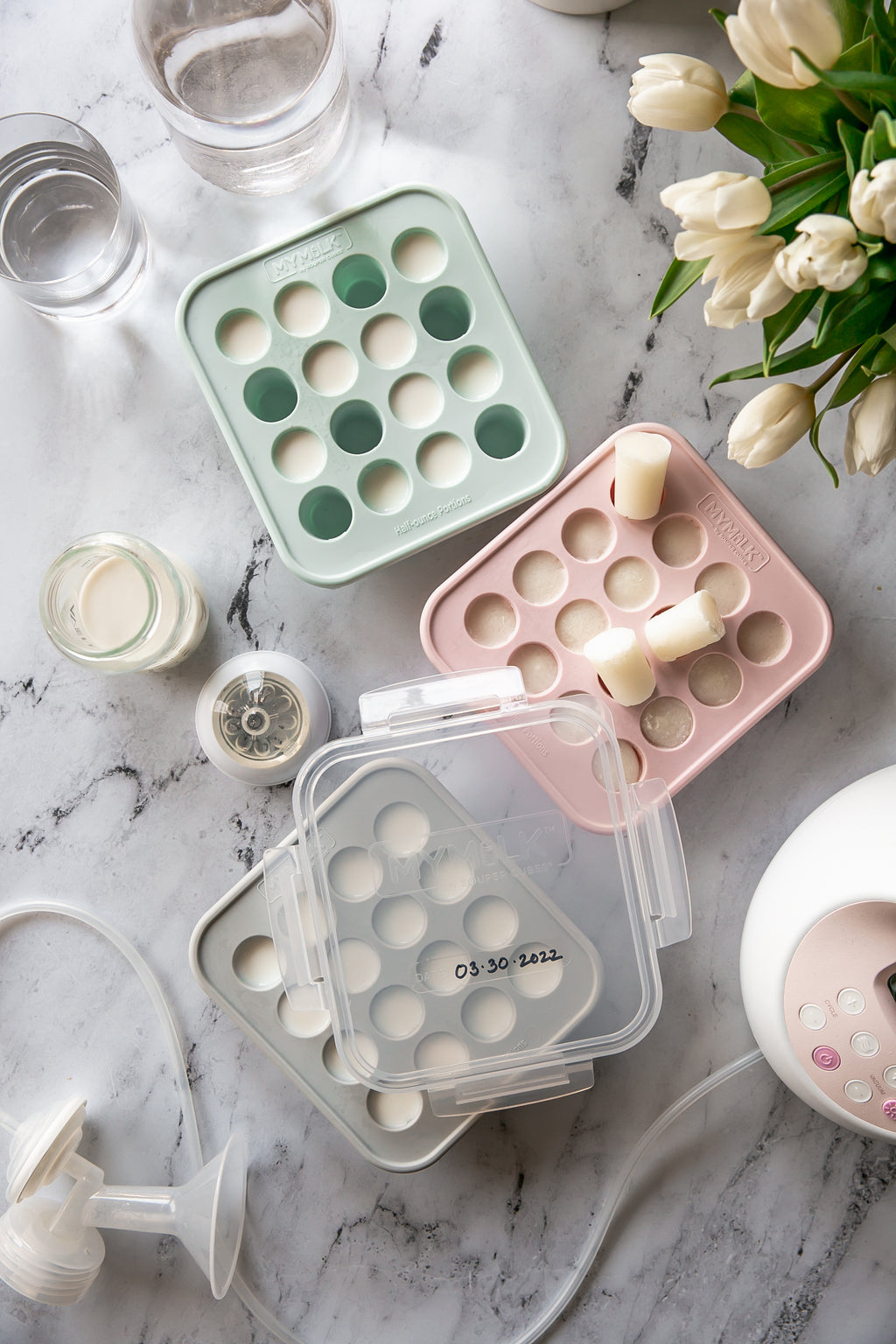
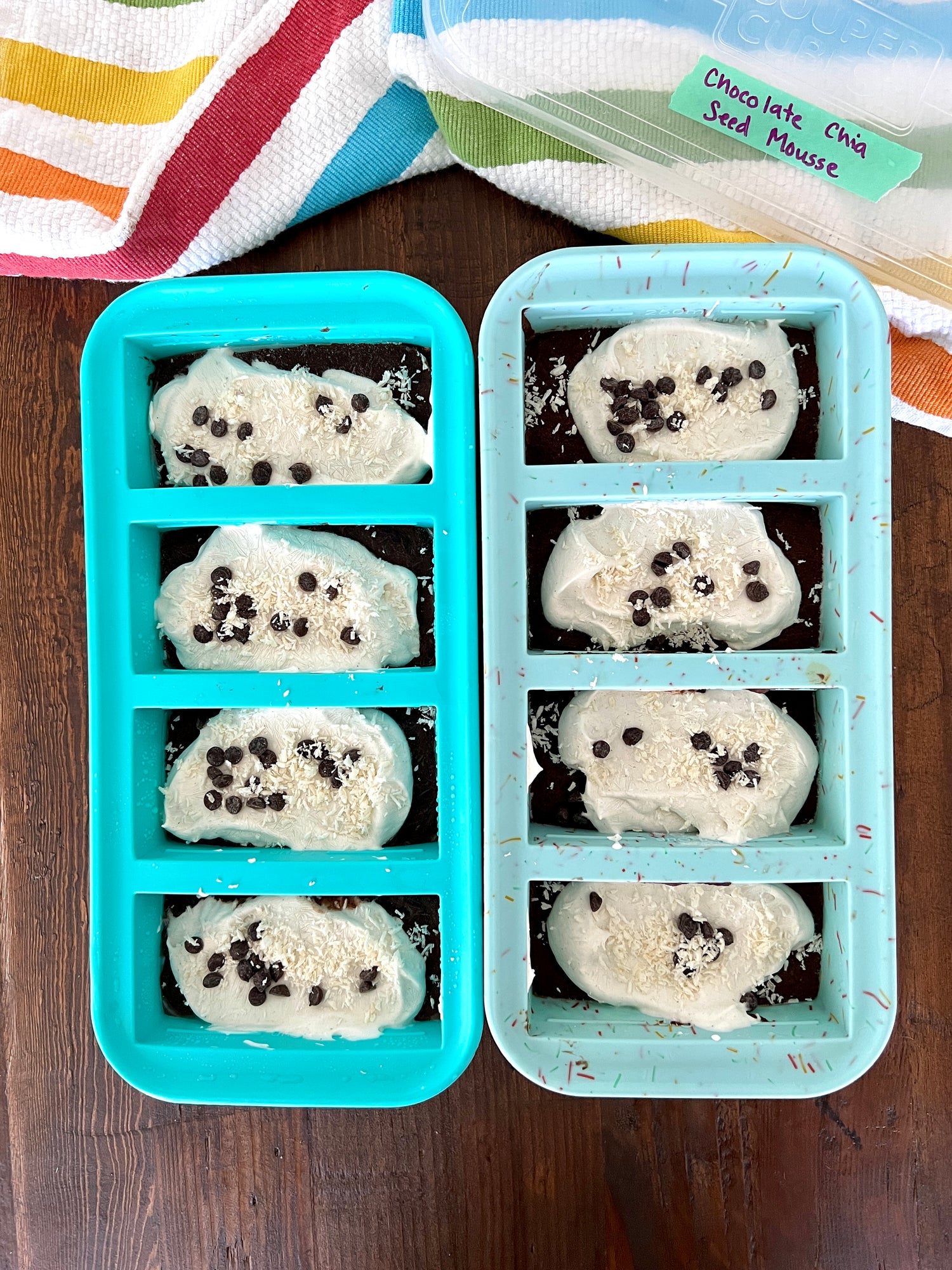

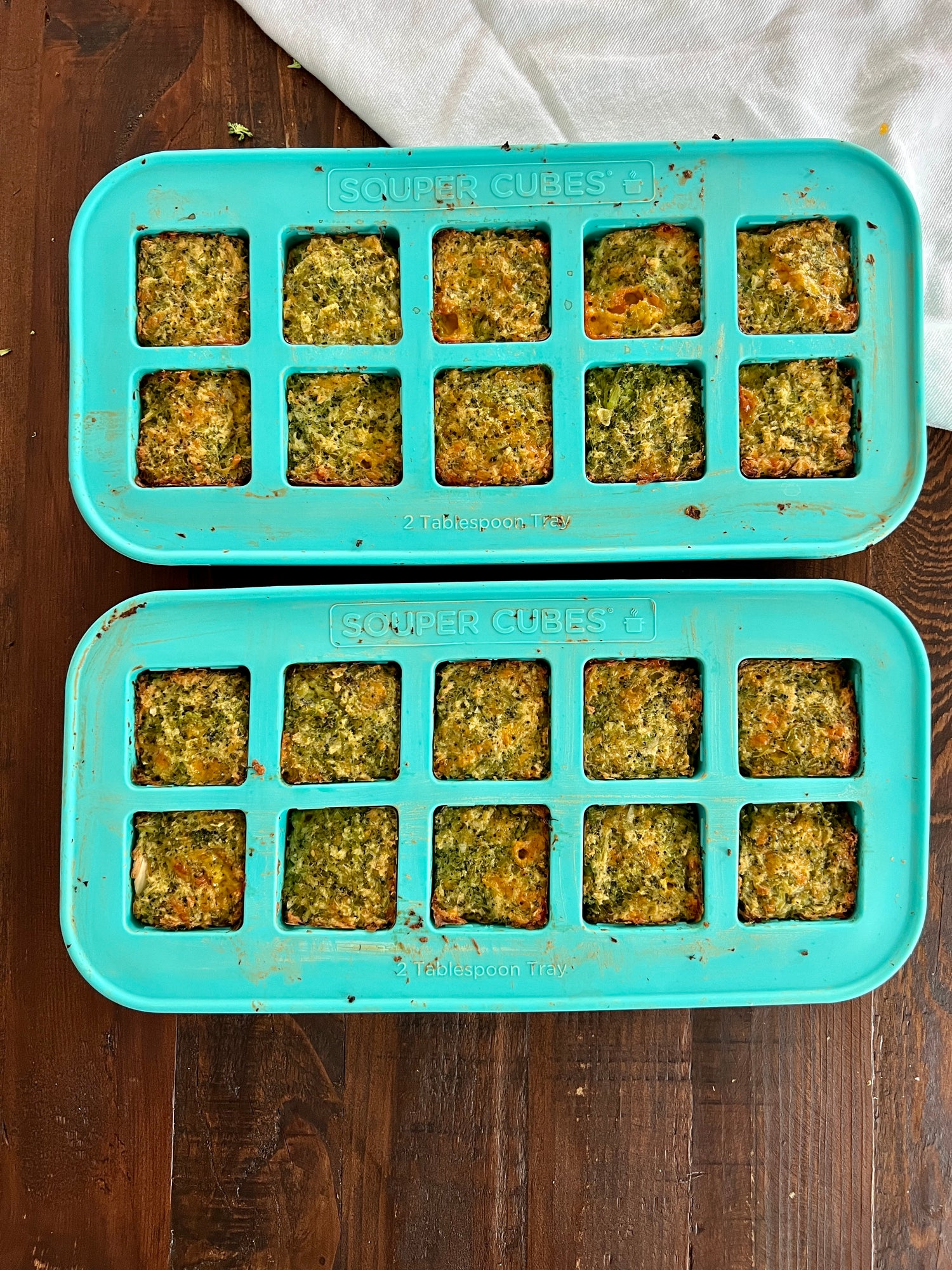
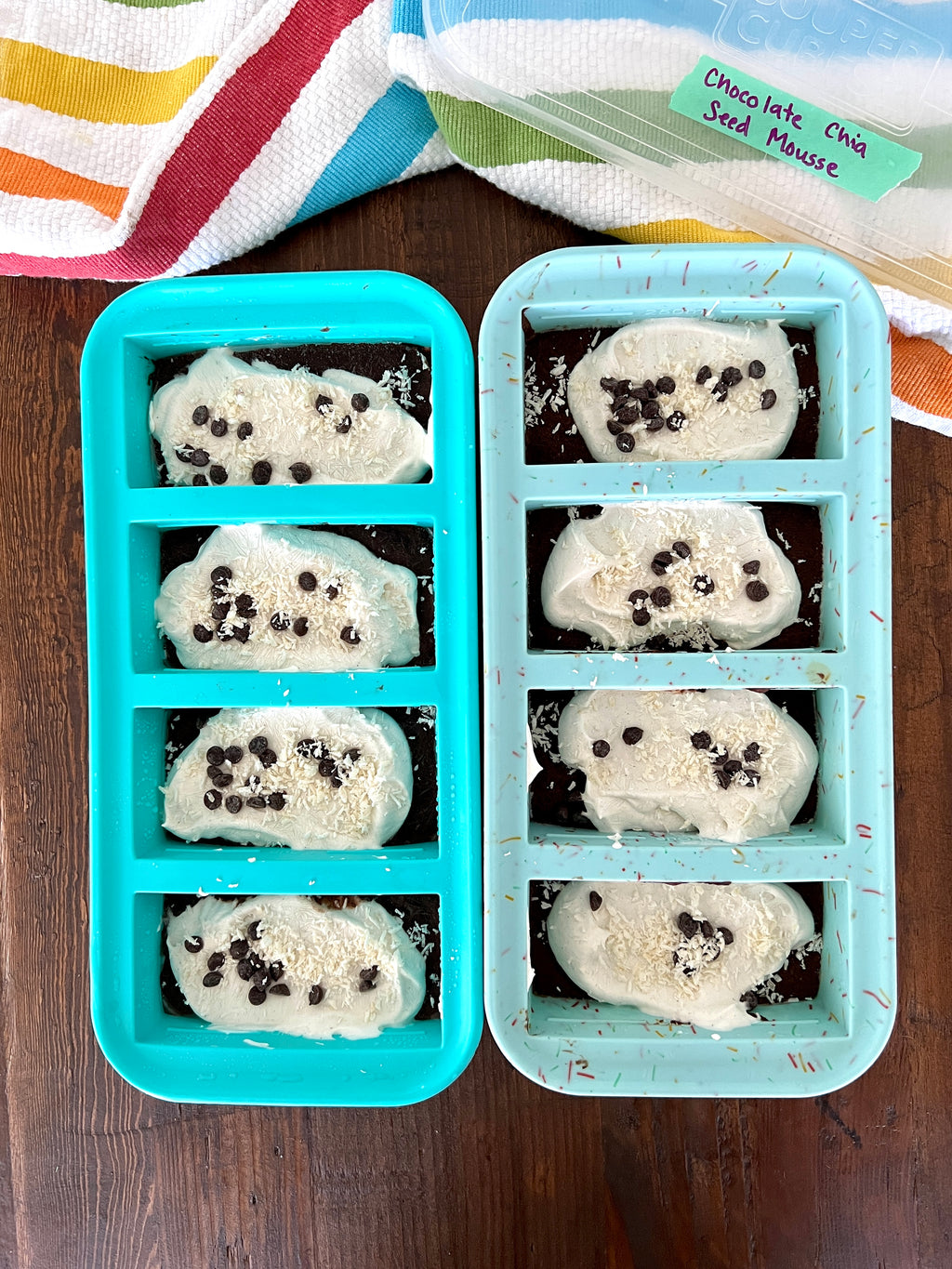

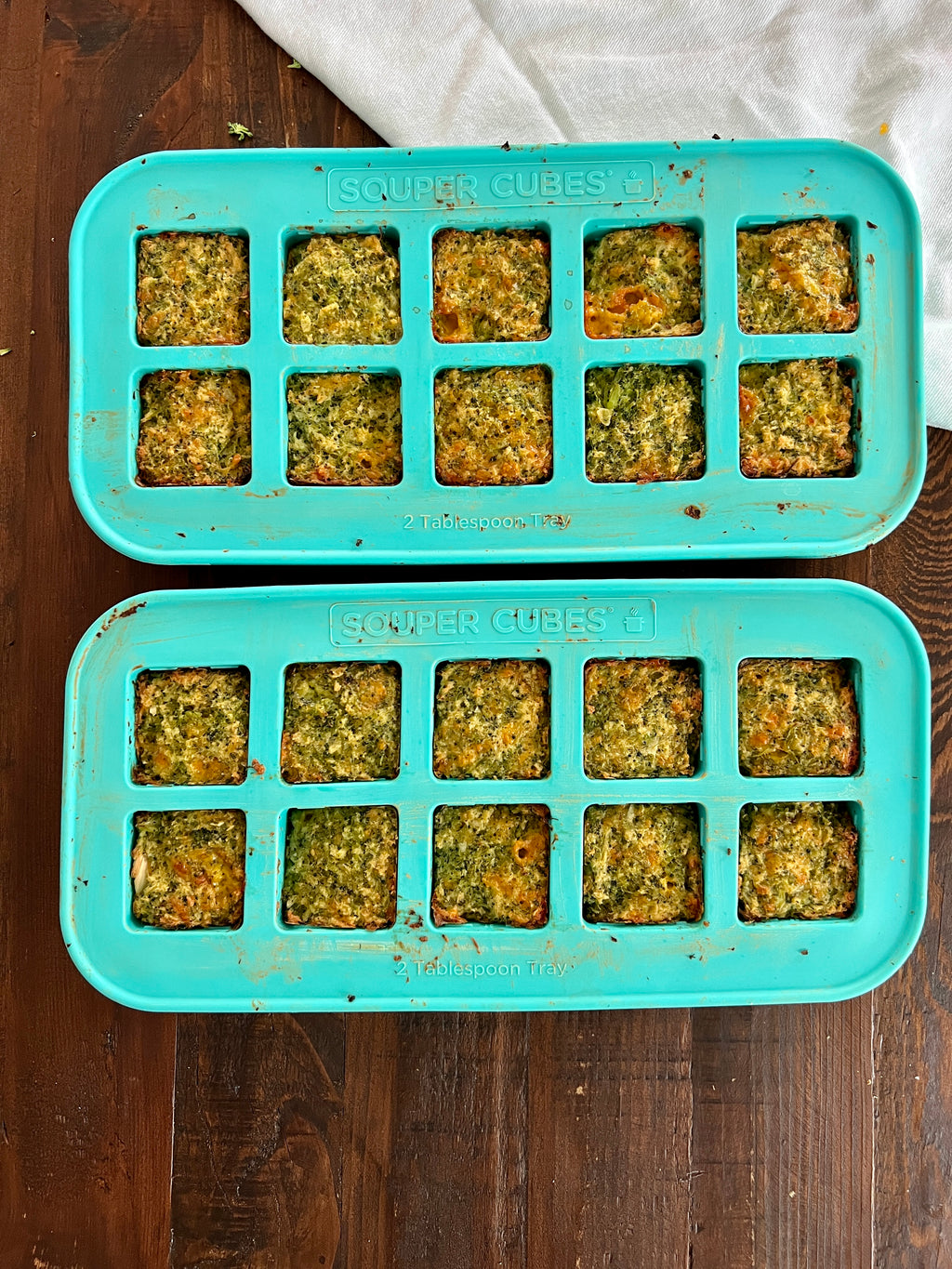
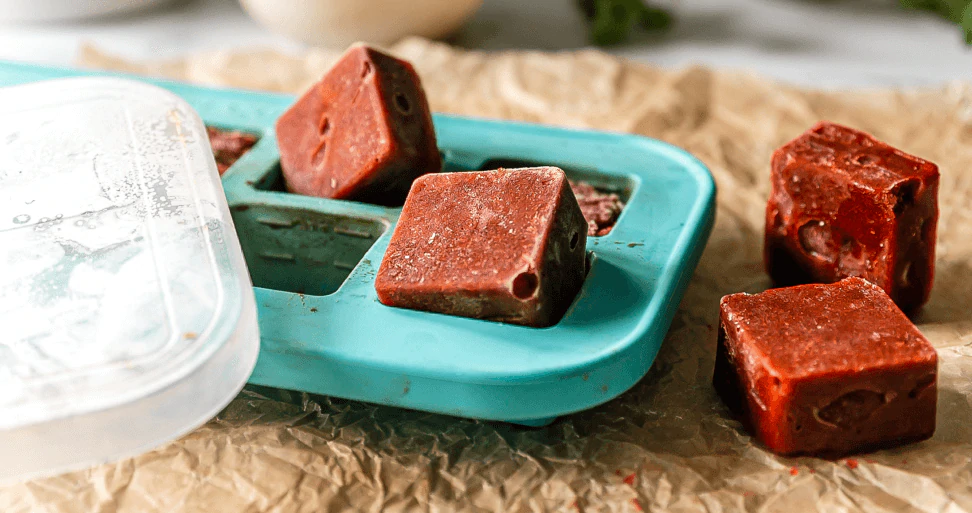

We would love to hear your ideas or better yet, post a photo of your cubes organized in our Freezer Meals & Recipes Facebook Group!